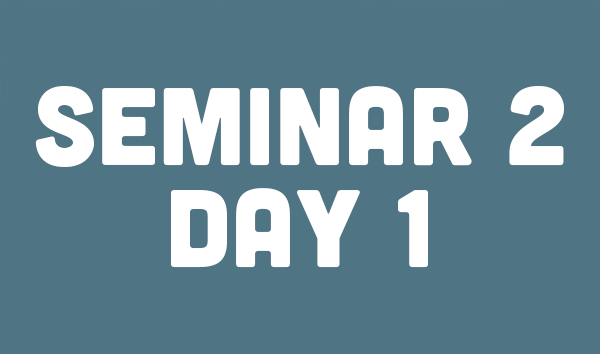For Teachers
The Challenge
Typically, teachers understand the concept of teaching a lesson by way of lecture or presentation through direct instruction. But, too often, teachers do not plan for students to share the responsibility for the outcome through guided practice, which is the second step of the gradual release of responsibility. Guided practice follows direct instruction, giving the students an opportunity to work together and practice the skill. Effective teachers plan for guided practice in their weekly plans.
Intelligence
It is difficult to agree on the definition of intelligence. Current views of intelligence are often criticized which can be difficult to discern for the educator as the one responsible to guide students to reach their potential abilities. Howard Gardner, a professor of neuroscience and education, defined intelligence as the ability to solve problems or create products. He believed that given the opportunity, every person possesses intellectual potential. He believed that intelligences interact with and build upon one another from the beginning of life. His research addressed the potential of the human mind.
Theory of Multiple Intelligences
In 1983, Gardner developed the theory of multiple intelligences which is an explanation of intellectual potential within the development and use of knowledge in different cultures. He believed that people possess multiple intelligences that can be nurtured and strengthened. Gardner suggested that teachers could adjust instruction based on the strengths and weaknesses of the students. His original list of multiple intelligences included:
- Verbal linguistic intelligence: the capacity to use language to express thoughts remember information, and understand others
- Logical-mathematical intelligence: the capacity to use numbers effectively and to reason
- Intrapersonal intelligence: the capacity to understand yourself – who you are, what you can accomplish, how you react to things, which things to avoid or go toward
- Musical intelligence: the capacity to think in music and hear, recognize and manipulate patterns
- Visual-spatial intelligence: the capacity to represent the spatial world in the mind and think in terms of physical space
- Bodily-kinesthetic intelligence: the capacity to use all or part of the body to solve a problem or make something
- Interpersonal intelligence: the capacity to understand the intentions, motivations, and desires of other people
There is strong evidence that human beings have a range of intelligences and that strength (or weakness) in one intelligence does not predict strength (or weakness) in any other intelligences.
– HOWARD GARDNER, 2013
Guided Practice
Well-written lesson plans engage the minds of students and increase their desire to learn. After direct instruction, a teacher writes a lesson for a guided practice activity for the students to work together and practice the skill.
MI approaches are particularly useful when a student is trying to master a challenging new concept.
– HOWARD GARDNER, 2003
“Multiple Intelligences After Twenty Years”
Benefits
Integrating educational theory and methods of instruction is a pragmatic approach to teaching. The theory of multiple intelligences is useful to educators who find a connection to a method for application such as the gradual release of responsibility. Gardner proposed a theory as a result of his study on brain damage and cognitive development as a psychologist but gained the interest of educators because his theory addressed truth – people are intelligent in many ways. What Gardner suggests about multiple intelligences can be incorporated into planning activities for guided practice.
Multiple intelligences should not in and of itself be an educational goal.
– HOWARD GARDNER, 2003
“Multiple Intelligences After Twenty Years”
Investing in Students
Teaching Training Together trains educators to consider a theory of intelligence as it relates to lesson planning through the gradual release of responsibility. Your support increases the potential and intelligence in every student.
Beth is the President of Teaching Training Together, an organization based in Burlington, Massachusetts, that provides initial training through professional development seminars to underserved school leaders and teachers.
